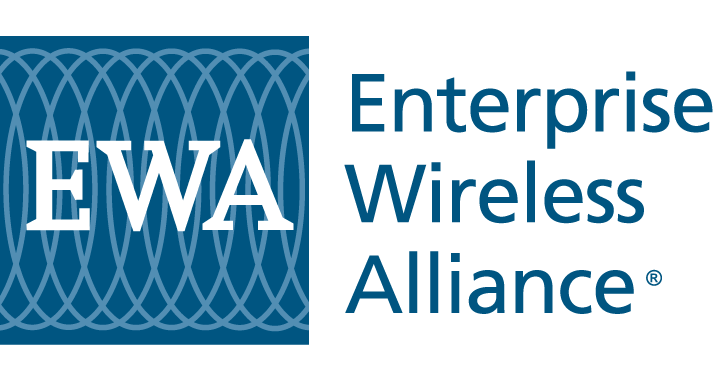Interference Protections Must be Proven Before Unlicensed Sharing in 6 GHz
In Reply Comments filed earlier this week, the Enterprise Wireless Alliance (EWA) underscored previously articulated concerns about the potential for interference within the 6 GHz band to be shared by a variety of essential services, including public safety, critical infrastructure and business enterprises with unlicensed devices operated by consumers. EWA does not oppose sharing but, given the importance of reliable communications for these services, will assent to sharing only if it can be demonstrated that appropriate measures are in place to prevent interference at the outset of sharing, not when it occurs later. In this case, the Alliance does not believe there is sufficient “evidence that U-NII-type usage can be controlled … to avoid causing destructive interference.”
EWA is particularly concerned that insufficient consideration has been given to what happens in the event of interference. The NPRM devotes only a single paragraph – five sentences – to this critical discussion. But EWA has asked “who is responsible for shutting down secondary consumer devices and for the resulting liability? There are out-of-pocket costs incurred in identifying and resolving interference problems for which someone must be accountable. Since these unlicensed devices have only secondary rights in the band, does the automated frequency coordinator (AFC) with which they are registered have operational and financial responsibility for the interference they cause? Will the FCC adopt rules regarding how quickly AFCs must respond to interference complaints? Will an AFC be held legally responsible for any negative repercussions that result should they shut down an unlicensed device? Will the FCC share these responsibilities? How will interference from low-power devices be handled if, as proposed, they are not required to register with an AFC? Will an incumbent be able to enforce rights against an AFC that may not be an FCC licensee; and, if so, in what forum: the FCC, state court, elsewhere?”
EWA stands ready to work with the Commission and others who care about this band for other than just headlines to achieve a level of assurance that the band can realistically be shared among critical business and public safety operators together with nomadic, secondary use consumer devices.
About the Enterprise Wireless Alliance
EWA is an FCC-certified frequency advisory committee that provides license preparation, spectrum management and associated services to business enterprises, private carriers, public safety entities and wireless sales and service organizations. Membership within EWA is open to users of wireless communications systems, vendors, system operators and service organizations. Additional information about membership and services is available at www.enterprisewireless.org.
